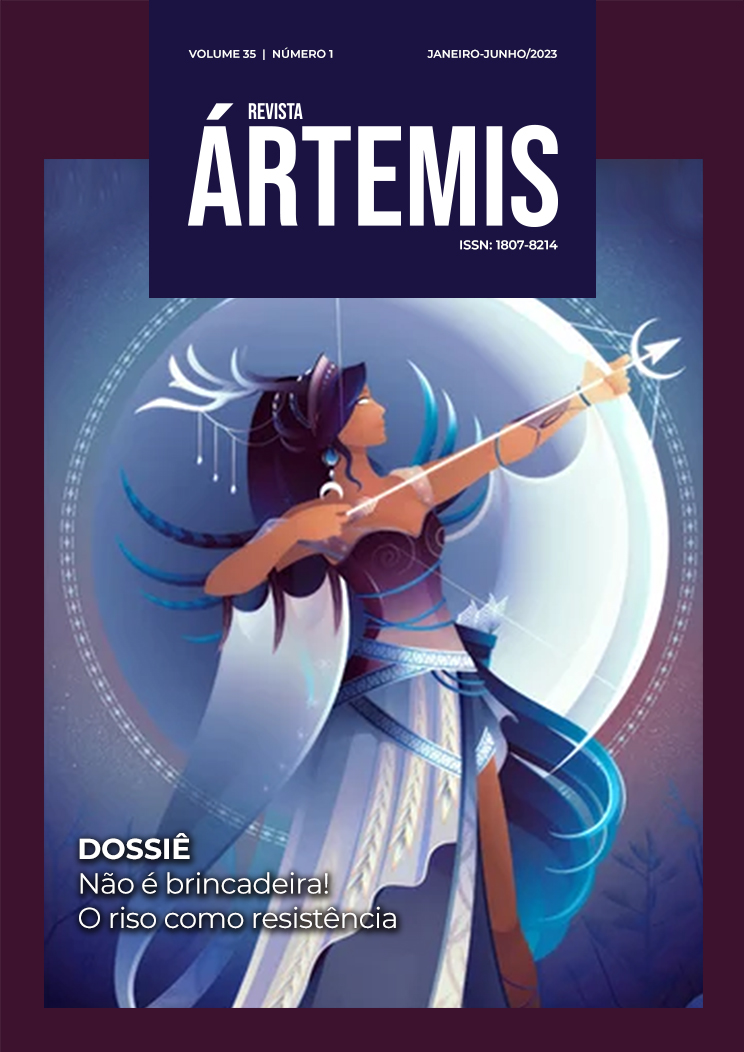Yellow Rose (1923): Class S in imperial Japan (1868-1945)
Keywords:
Japanese literature. Class S. Lesbianism.Abstract
This paper mainly aims to discuss the Japanese novel Yellow Rose, published for the first time in 1923 by the writer Nobuko Yoshiya (1896-1973). Based on that reading, we aim at analyzing how the so-called Class S, formed by teenage girls and young women who had intimate relationships among them, was seen in Imperial Japan (1868-1945), as well as the way the group was portraited in literary work in the country during that period. Also, we will look at Yoshiya herself, since she, in her personal life, was also part of Class S, and her books were known for being autobiographic. With a view to achieving that objective, we will be based on the analyzes made by Debora Shamoon (2012); Sarah Frederich (2005; 2006; 2016); and Kanako Akaeda (2017), theorists who already brought discussions about lesbian bodies and discourses in Japan, especially during the Great Japanese Empire. With that research, it is possible to have a bigger comprehension on the different aspects and interpretations of the feeling those girls developed during that specific time.







